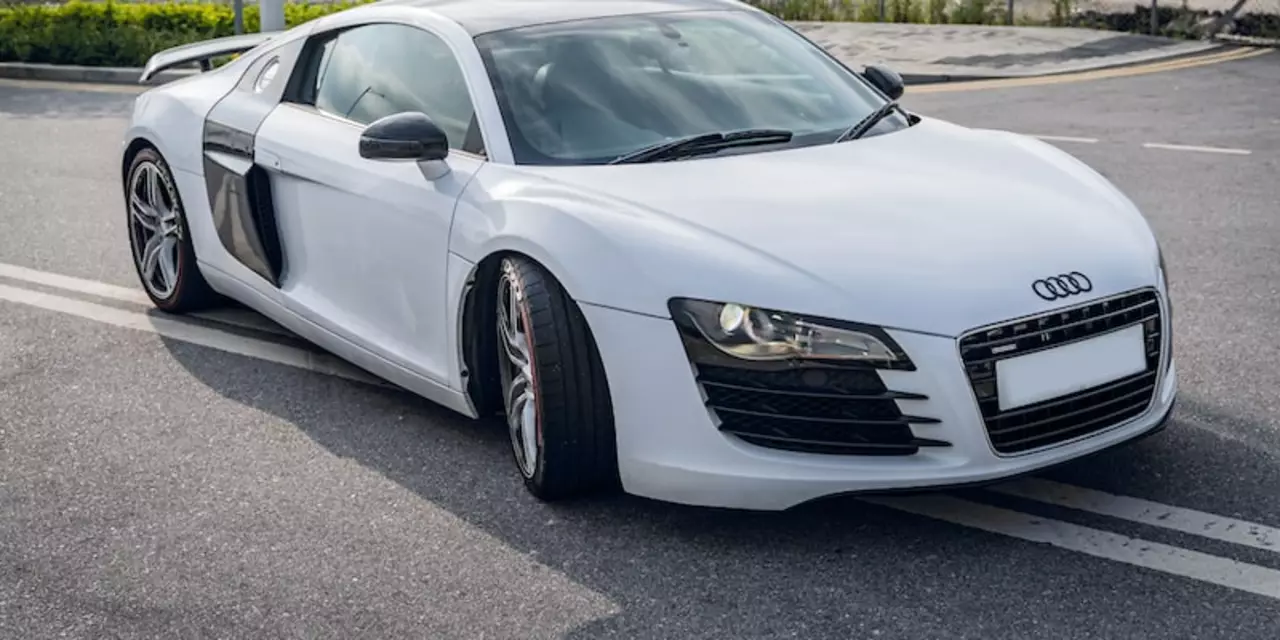Aerodynamics: The Hidden Power Behind Faster Racing
Ever wonder why some race cars look like giant wings while others stay sleek and low? That’s aerodynamics at work. In plain terms, it’s all about how air moves around the car and how that movement helps (or hurts) speed and handling. Understanding the basics can give you a real edge, whether you’re renting a motorhome for a race weekend or dreaming about getting behind the wheel.
Downforce vs. Drag – The Balancing Act
Two words dominate the aero discussion: downforce and drag. Downforce pushes the car onto the track, giving the tires more grip in corners. Think of it like a bike‑rider who leans into a turn – the car needs that extra push to stay planted. Too much downforce, however, creates drag – the air resistance that slows you on straightaways. The trick is to find the sweet spot where you’re glued to the road without getting dragged down.
Most modern race cars use front splitters, rear wings, and under‑body diffusers to generate downforce. A front splitter slices the air, forcing it over the car and creating a low‑pressure zone on top. A rear wing works the opposite way, pulling the rear down. Diffusers accelerate air under the car, lowering pressure and sucking the chassis closer to the ground. Small adjustments to angle or height can shift the balance dramatically.
Practical Aero Tweaks for Everyday Drivers
If you’re not a pro in a wind tunnel, there are still easy ways to improve your car’s aero profile. First, keep windows and roof racks closed whenever you can – open surfaces add drag like a billboard on a bike. Second, consider a modest rear spoiler if your rental allows it; a low‑angle spoiler adds downforce without screaming drag. Third, watch your ride height; a car that’s too low may scrape, but a car that’s too high loses the ground‑effect benefits.
Even the shape of your mirrors matters. Some racers replace standard side mirrors with smaller, aerodynamic versions to shave off a few seconds over a lap. And don’t forget tires – a correctly inflated, low‑profile tire reduces rolling resistance and works better with aerodynamic loads.
Finally, remember that weather changes the game. Cool, dense air provides more downforce but also more drag, while hot air does the opposite. Adjust your wing angles or spoiler settings accordingly; many race teams have pre‑set “dry” and “wet” aero maps for exactly this reason.
In the world of motorsports, aerodynamics is the silent partner that can turn a good lap into a great one. By grasping the basics of downforce and drag, and by making a few simple tweaks, you’ll feel the difference the next time you hit the track or join a rally. So next time you book a vehicle, ask the rental crew about aero options – you might just leave the competition in the dust.

Why does a racing car have a wide base?
- by Ashton Beauregard
- on 7 Mar 2023
Racing cars have a wide base to increase their stability and optimize their performance. A wide base helps to reduce the chances of the car sliding or skidding when it takes a turn. It also helps to distribute the weight of the car more evenly to allow for better control of the car. Additionally, a wide base increases the size of the contact patch between the tires and the track, allowing for improved grip, and better handling. Finally, a wide base helps to reduce the chance of the car rolling over which can be dangerous.